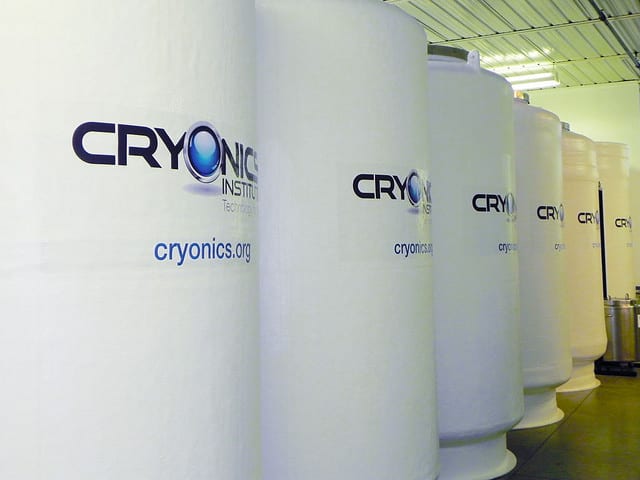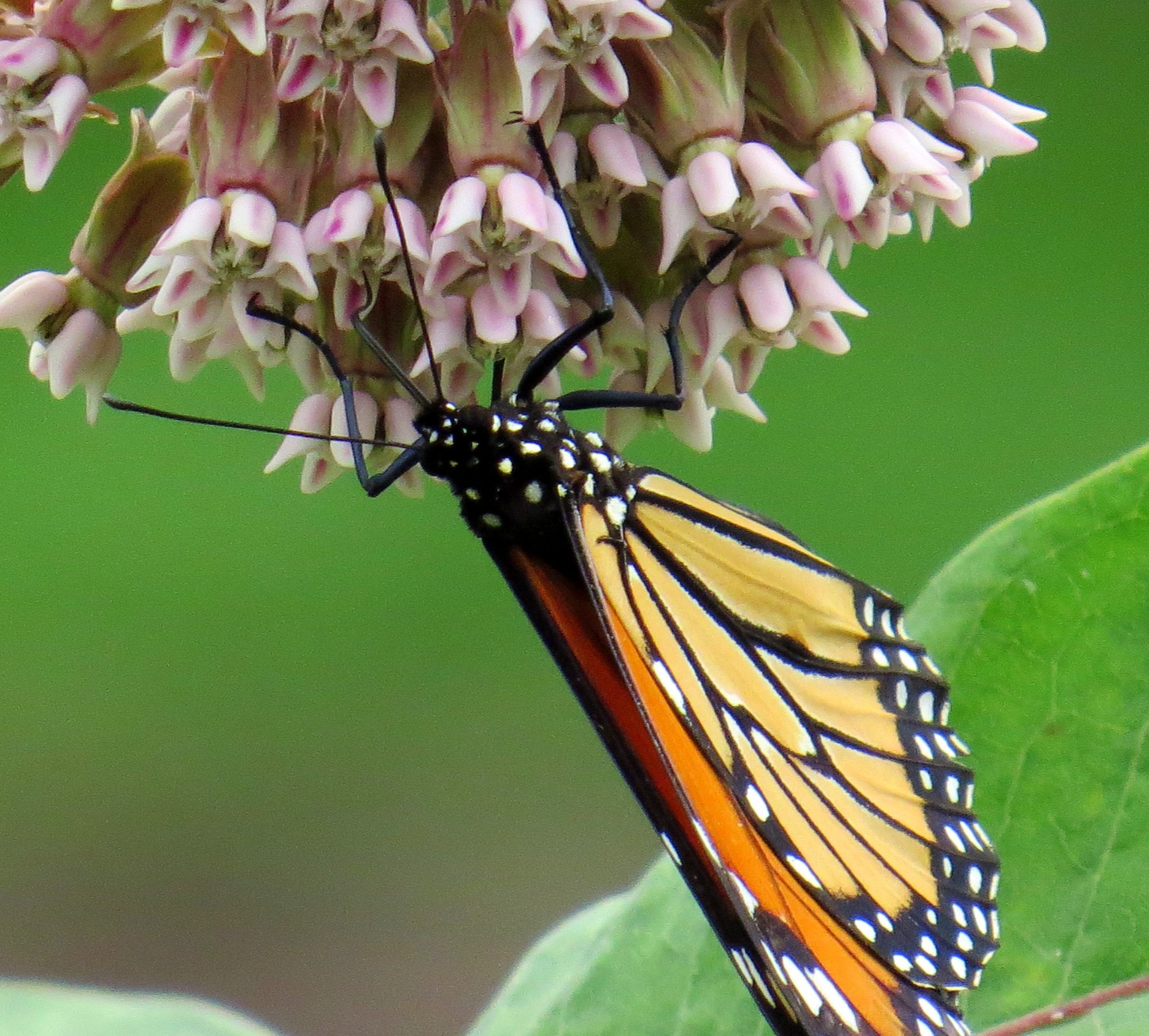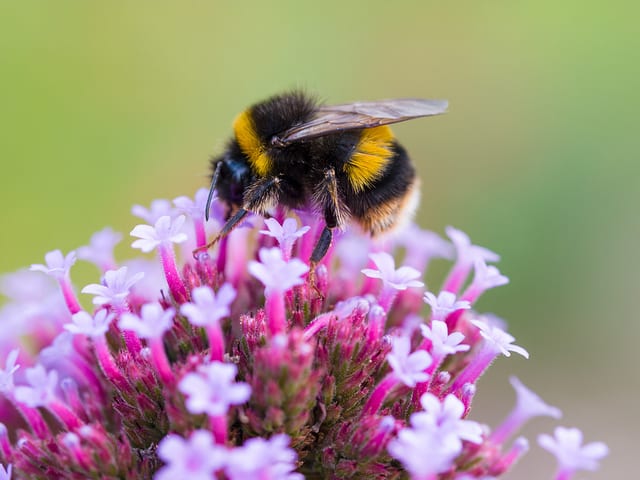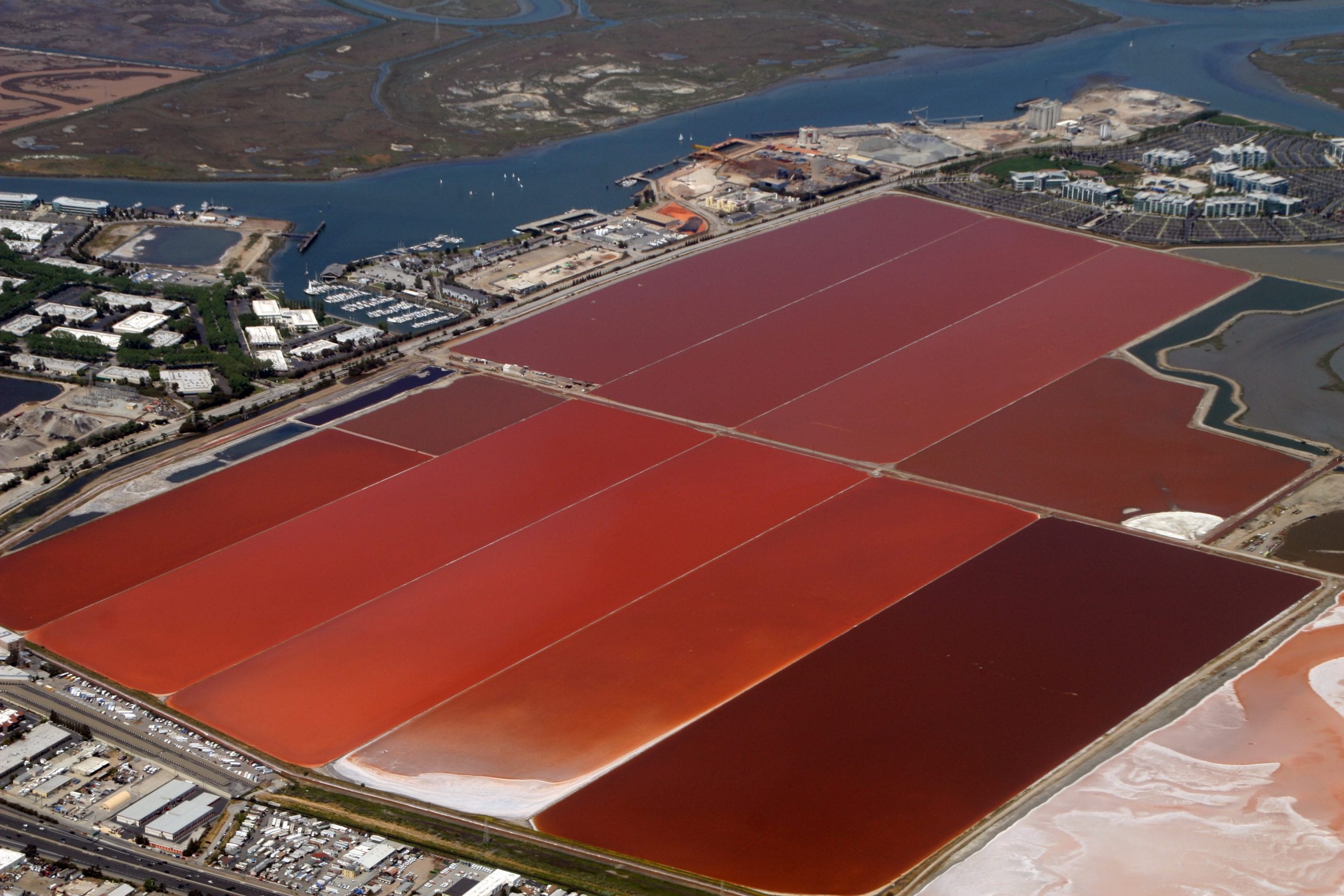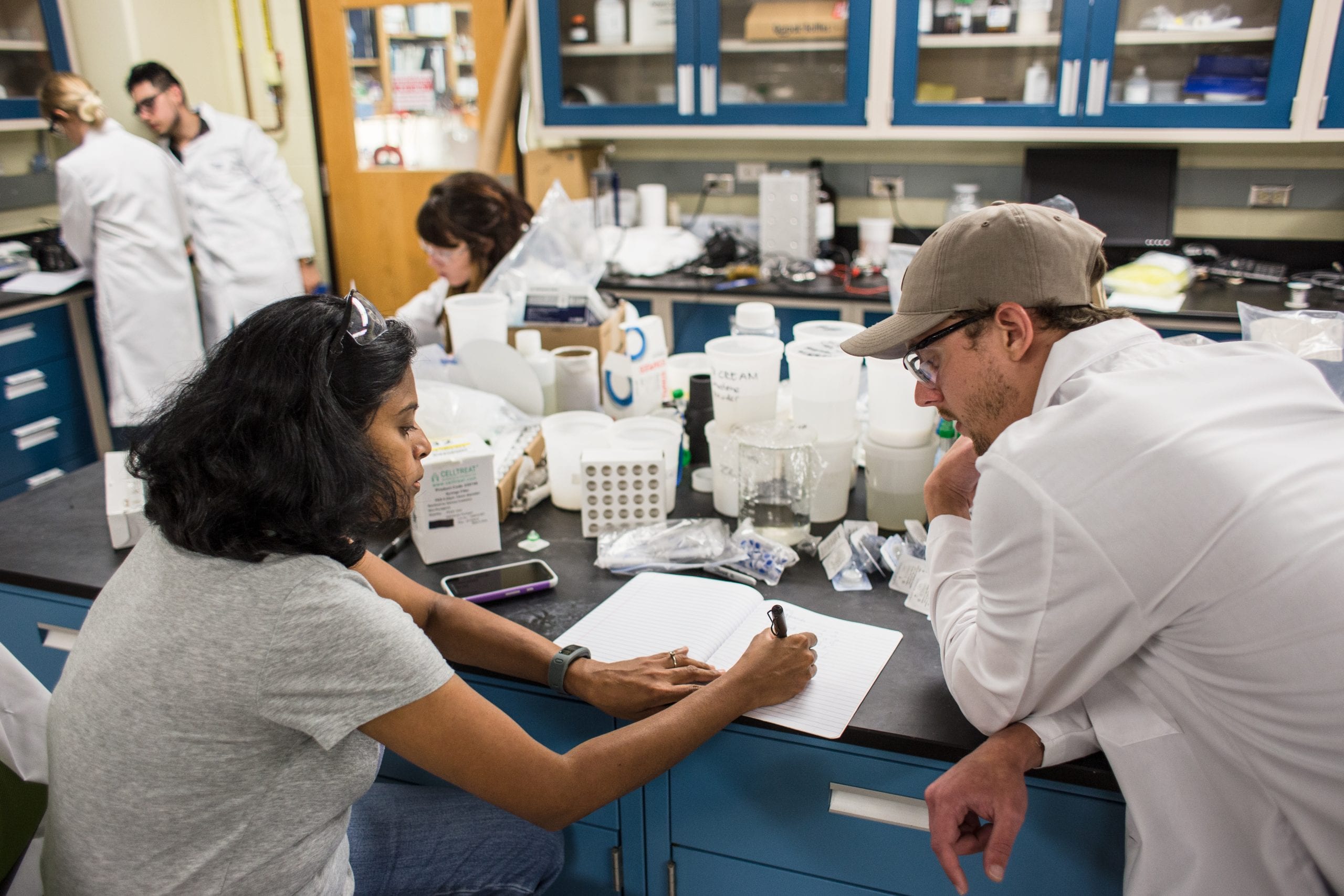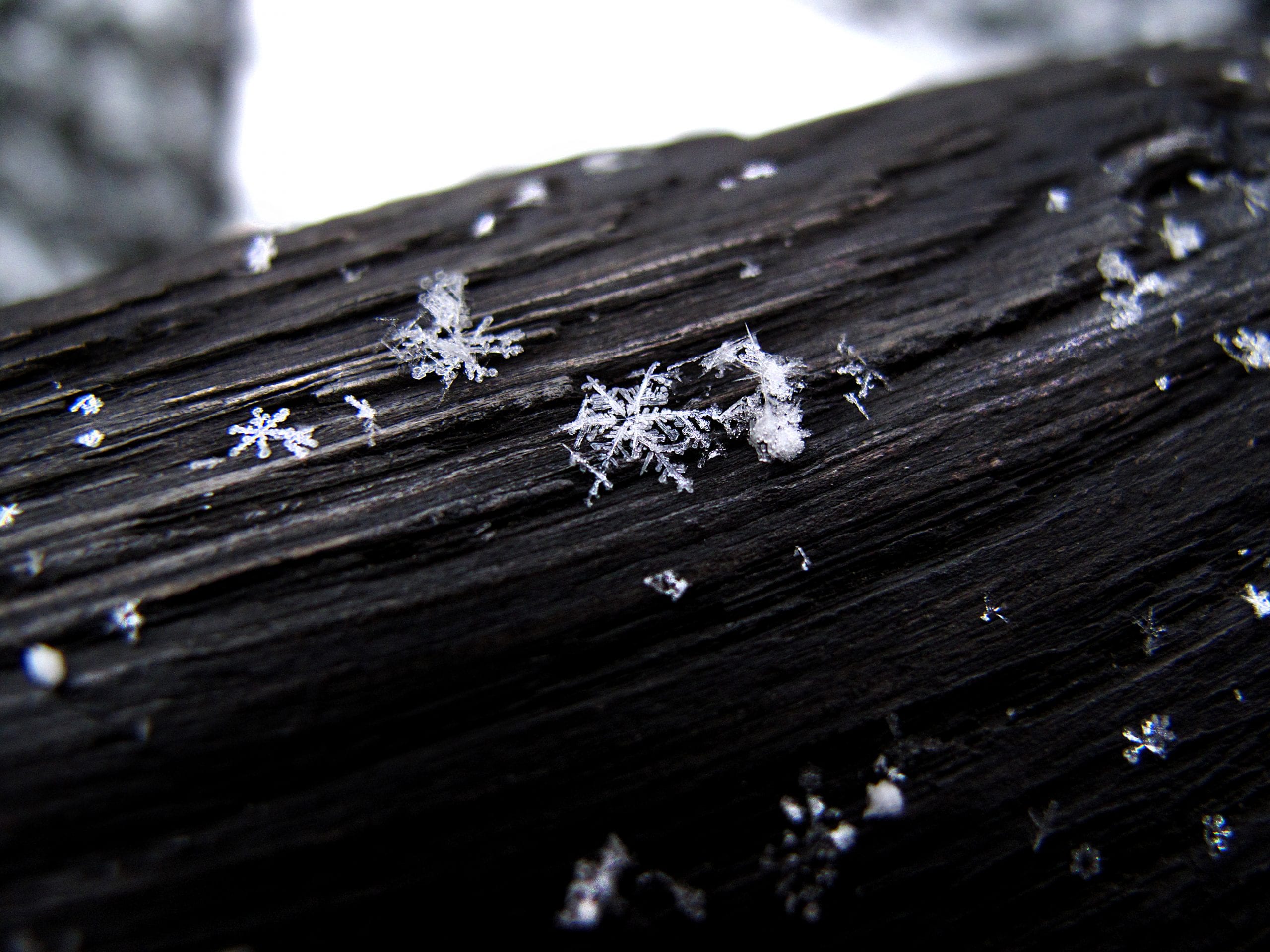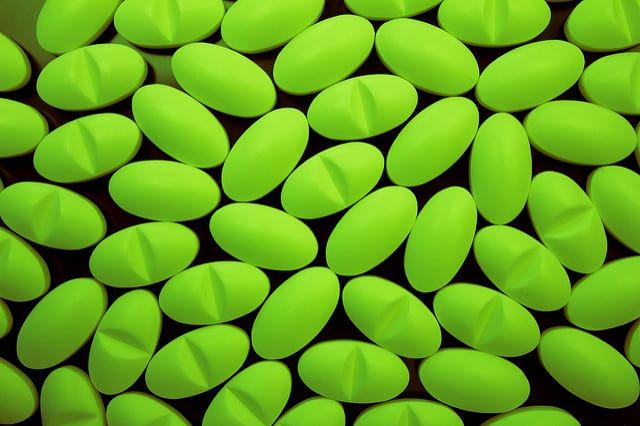
The Tiny Wiggly Molecular World of Medicine
Medicine has been important to humans since our earliest days, but for the majority of our history, we've had very little idea of how medicine works. We used to attribute medicinal effects to magic or to balancing the fluids of the body (bloodletting, anyone?), but thankfully we've come a long way since then. With the


